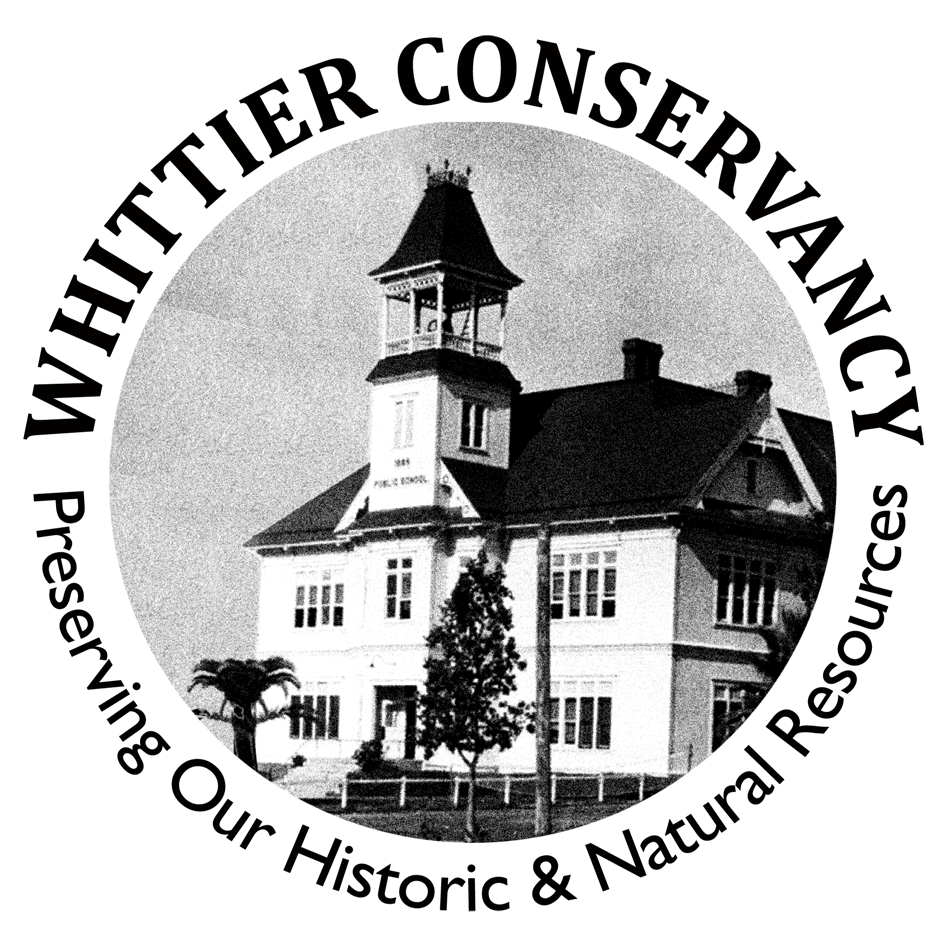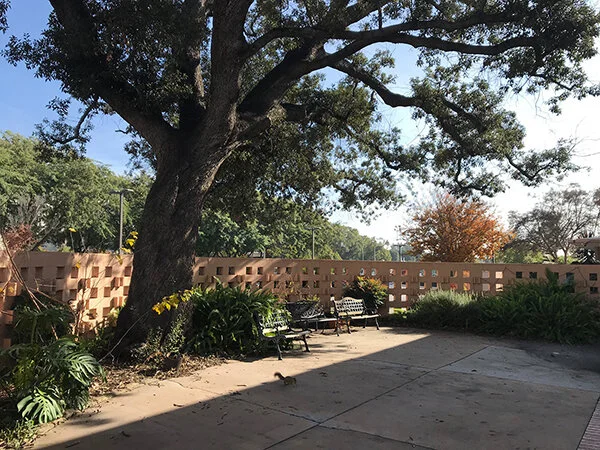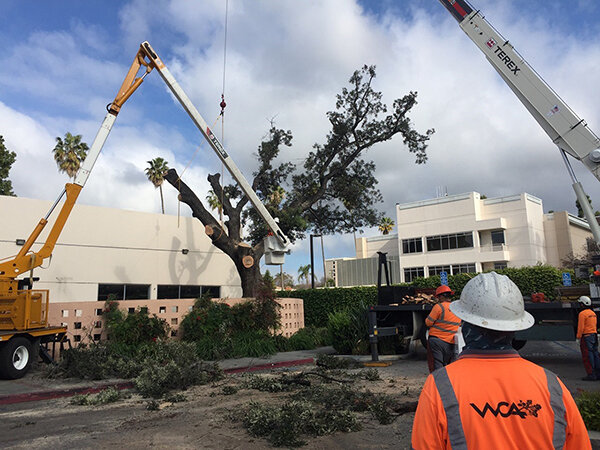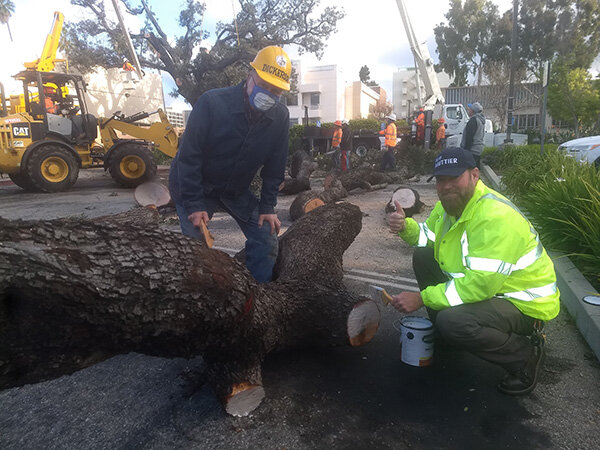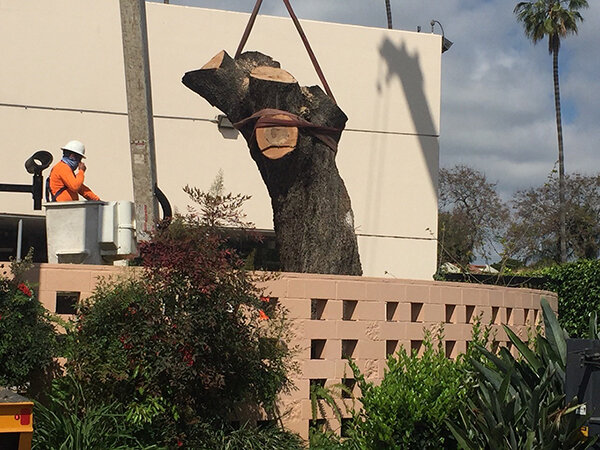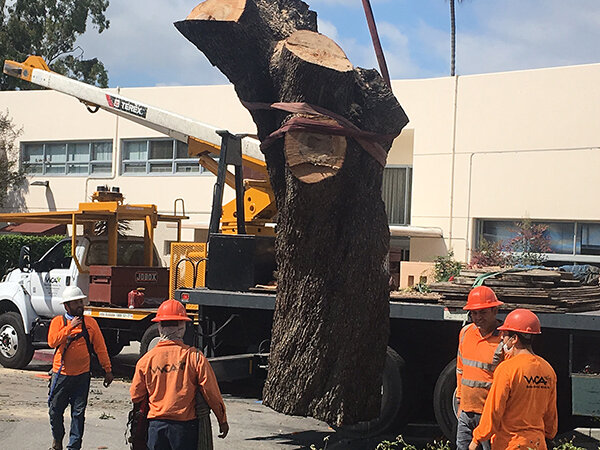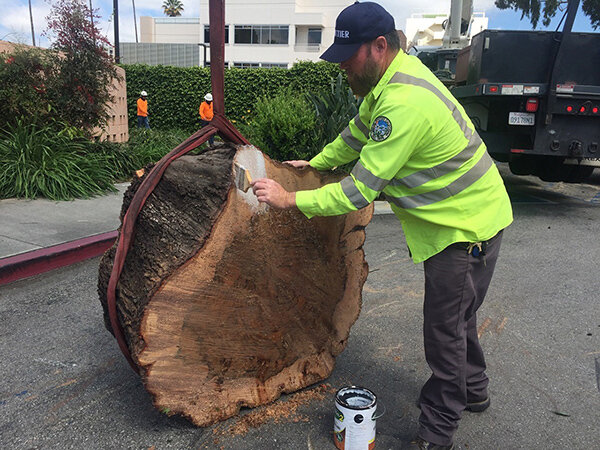Thank you, neighbors, for attending the City Council Meeting Tues, Jan. 23rd.
Showing up in person to voice your concerns over current council actions is how government is meant to operate. When we don’t put our words into action, we can get steamrolled. Everyone was articulate and passionate and demonstrated that citizens matter.
We will continue to keep you apprised of the issues as they stand and as they unfold. We must all stay focused on what we, the citizens want, rather than letting city hall foist their agenda upon us. Please continue to communicate with your city council.
—————————————————————The “Uptown Streetscape Plan” was approved by the City Council on December 12, 2013 in final form.
The project was supposed to be an “amendment” to the approved plan of 2019, which called for the removal of 12 trees. The removal of ALL of the trees was mentioned for the first time at the December meeting as necessary to achieve the plan’s other goals: outdoor dining, street paving, pocket park, lighting, umbrellas, etc.
Current Tree Protection law requires the assessment of EACH TREE individually, to address viability and potential hazards. This was not done. The mandate by the Public Works Dept. to remove ALL of the trees at one time, without regard for the environmental consequences, is a violation of the Tree Ordinance and a violation of California law.
The cost to the taxpayers has jumped from $3.5 million to over $20 million with the addition of the mandate to remove all trees and regrade the street. With citizen input, we believe the City can implement the project on a more human scale—without such a severe impact—by removing trees over time, incrementally, which is already required by city law.
Public input is an essential component of decision-making that will impact our quality of life for generations to come.
The city is now trying to water down the Tree Protection Ordinance to facilitate this project and others.
Promenade Project Facts
For months now, the City has been telling you that the cost of its liability insurance is linked to tree protection. This is a misleading attempt to chip away at the Tree Protection Ordinance by associating tree policies with risk management. Gutting the Tree Manual will not reduce the city’s insurance costs.
ONCE —in the span of 133 years— an accident occurred resulting in a large insurance settlement. That unfortunate incident should not be used to justify watering down the protections for our Urban Forest.
The residents of Whittier fought hard for the ordinance and want it to be respected and enforced, not diminished as a convenience to the Public Works Dept.
The attempt to move tree oversight from the Parks Dept. to Public Works, to facilitate development projects, and to limit the public’s ability to appeal is simply wrong. Creating a “Justified Tree Removal Committee” is one more step toward diminishing public participation.
1. We have a Tree Protection Ordinance for a reason: to protect our urban forest. The Promenade Plan violates the Tree Ordinance by not evaluating each tree individually—as legally required—to assess its condition and vitality. The notion that ALL the trees have to go is just absurd.
2. No mitigation has even been attempted that would offset the loss of over 100 trees and the oxygen they generate for our health and well-being. Each mature tree absorbs approximately 50 lbs. of carbon per year, enough to provide for a family of four. Your tree “replacement” will take decades to compensate for this loss at a time when it is most needed. Construction alone will take years and businesses will suffer greatly under those conditions.
3. Los Angeles now requires a ratio of almost 4 to 1 in tree replacement in order to offset canopy loss and carbon sequestration. This could be achieved by planting a series of trees on adjacent residential streets in Uptown that are now barren, hot, and treeless.
In light of all of this information, we ask that the city reconsider it’s approval of the Promenade Project, until adequate provisions of the Tree Ordinance have been implemented the way they are intended: to protect our urban forest, not to denude it in one fell swoop.”
Historic Nixon House Saved
Spring, 2021
The Conservancy, the City, and the owner have collaborated to save and adaptively reuse the historic Nixon House for community purposes.
Adjacent to the Nixon homestead, the house was built in 1927 and purchased by Richard Nixon’s parents in 1945; it was listed as RMN’s voting address during his years as both a Congressman and Vice-president. His brother Don lived there and continued to operate the family store and gas station at Whittier Blvd. and Santa Gertrudes. Don Nixon was a noted local personality in his own right who expanded the family business with the operation of Nixon’s Drive-in restaurant and a large grocery store at the location of the current Sprout’s. Frank and Hannah Milhous Nixon were early participants in the settlement of East Whittier when it was split off from the successful Leffingwell Ranch a century ago. The house is representative of just a handful of homes from the period that launched the development of East Whittier.
In 2000, the Historic Resources Commission listed the house as a local historic resource. That classification was upheld by two judges in 2015 and 2018. When the city supported the owner’s request for demolition in January, the Conservancy and the community rallied in support of the house’s importance to the history of Whittier. The current commission agreed and voted unanimously to uphold the house’s status as a historic resource. This ruling gave both the Conservancy and the City time to think about possible relocation sites in an effort to save the building, provide the owner time to submit his plans for the site, and find a suitable location and purpose for the adaptive reuse of the building.
Stay tuned. More info coming soon.
Library Oak Tree Project
Summer, 2020
In preparation for the addition and remodeling of the historic Central Library, the graceful Holly Oak tree on the patio of the Children’s section had to be removed. As residents bemoaned the loss, however, the Conservancy was working to “save” the beloved tree.
While everyone was on lock-down, the Conservancy negotiated with the City to retrieve the best parts of the tree---trunk and several large branches---for future use. Our Urban Forest Committee was on hand the day the tree came down and we carefully selected the best pieces for use in a sustainable project that will benefit the Children’s section of the library.
Once the design phase is complete, we will start the process of milling, drying, and storing the recycled wood for use as furniture for the new children’s section of the library. It is our hope that we can utilize the talents of local artists, students, and woodworkers to produce the finished products that will become part of the library for many years to come.
Photo Captions:
1.) Library Patio Oak Tree
2.) Small & Monster Crain used to safely take down the tree.
The Conservancy’s mission statement is to “preserve and protect the historic and natural resources of Whittier.” This sustainable project will not only “preserve” the iconic oak tree for future generations, but it will be a teaching tool to show kids how the tree, while in a different form, is still providing benefits to them as it moves into its next cycle of usefulness. We hope to include a wall-mounted disc of the trunk that shows its rings of life when it provided shade and beauty on its first round.
Our gift to the community, in collaboration with the City of Whittier Parks Department and the Library, will provide a lesson in Sustainable building practices and begin the next chapter in the library’s own story.
Contacts:
Helen Rahder, Executive Director - Whittier Conservancy (562) 858-3110
